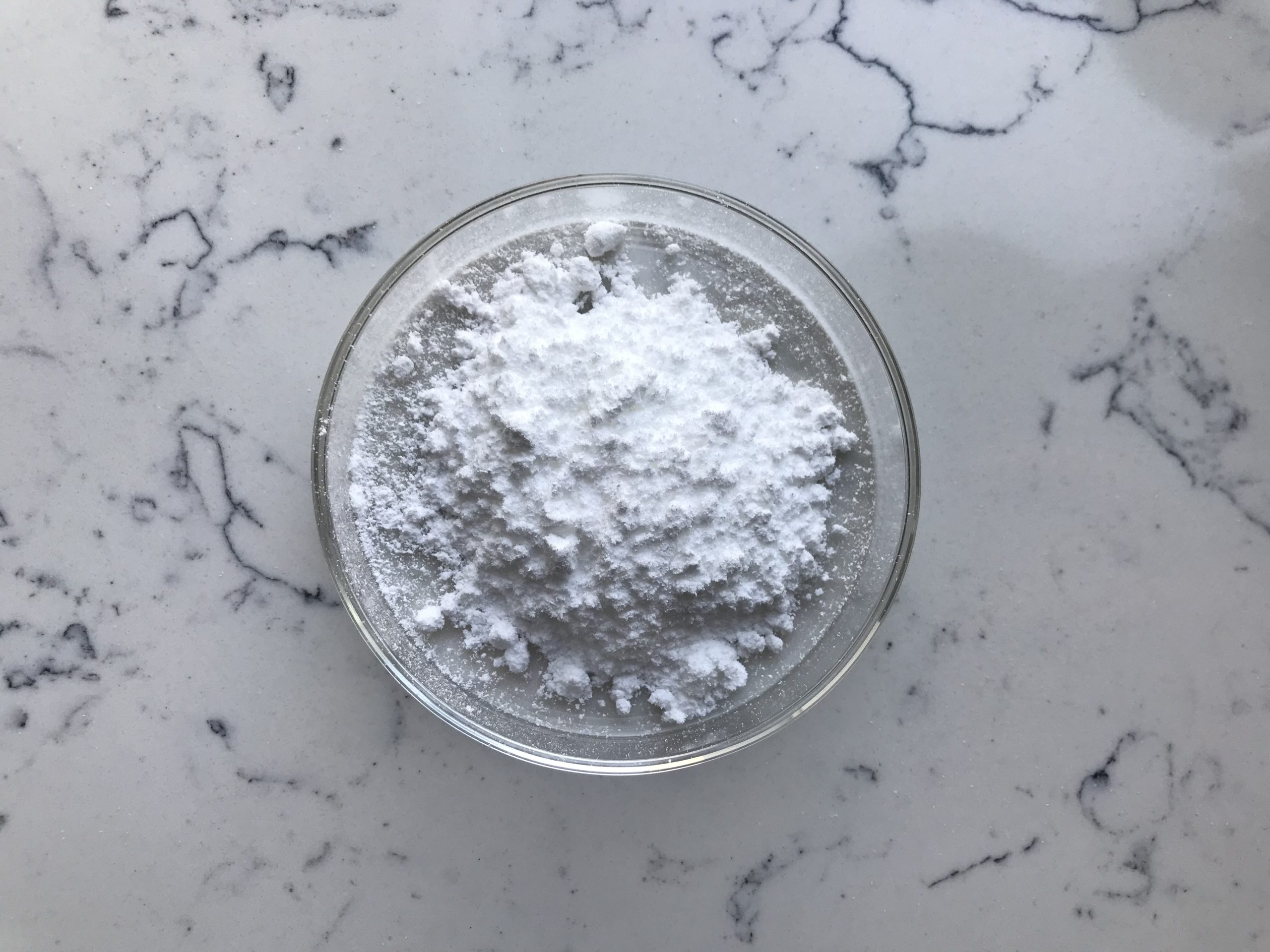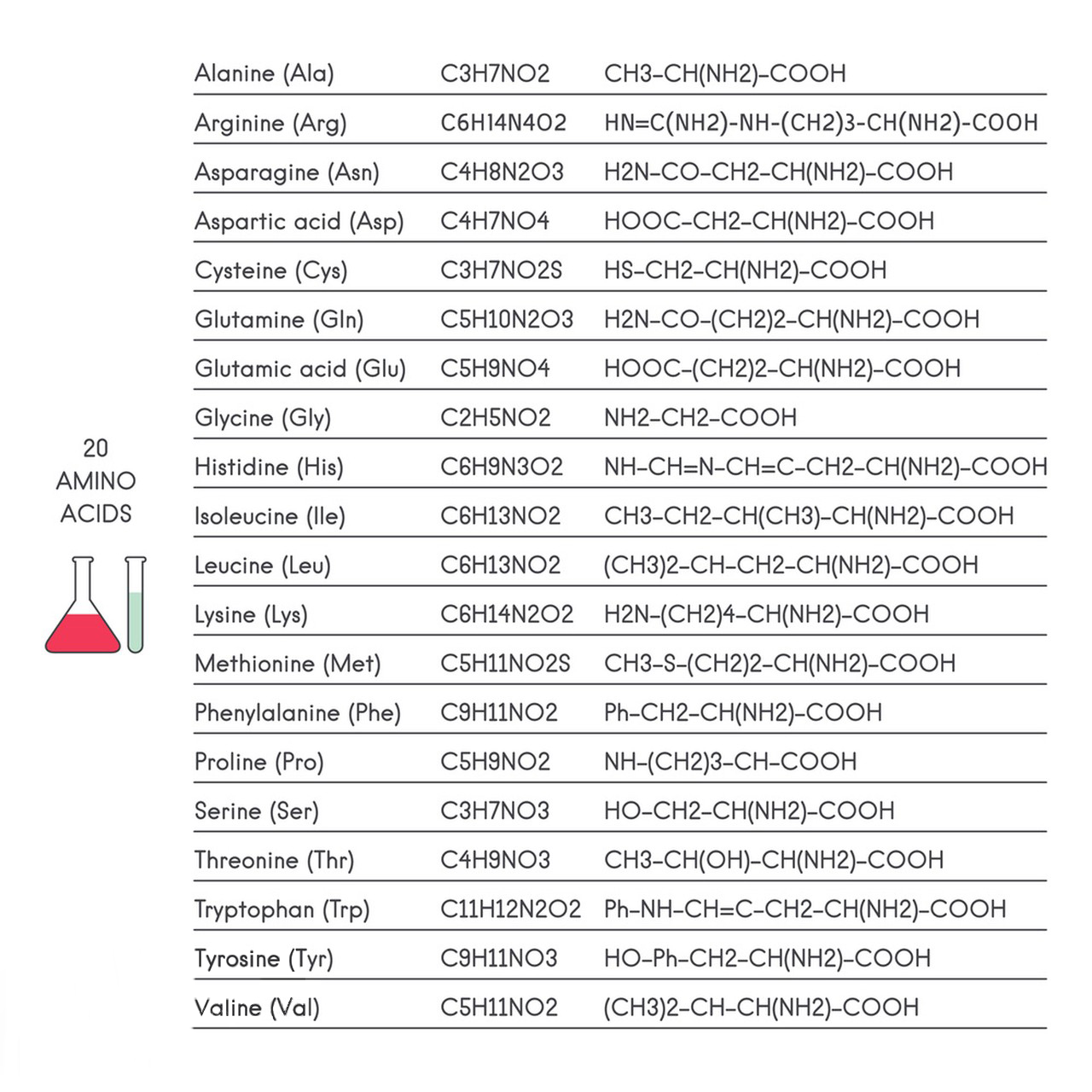L-Arginine and Arginine are closely related compounds, but there is a difference between the two:
1.Chemical Structure:
- Arginine: Arginine is an amino acid, one of the building blocks of proteins. Its chemical structure includes an amino group (-NH2), a carboxyl group (-COOH), and a side chain known as a guanidino group.
- L-Arginine: L-Arginine is the specific enantiomer of arginine. Enantiomers are molecules that have the same chemical formula but differ in their three-dimensional arrangement. L-Arginine is the biologically active form of arginine and is the one naturally found in proteins and used by the human body.

2.Bioactivity:
- L-Arginine: L-Arginine is considered the active form of arginine and plays important roles in various physiological processes in the body. It serves as a precursor for the synthesis of nitric oxide (NO), a molecule that helps relax blood vessels and regulate blood flow. L-Arginine is also involved in protein synthesis and serves as a substrate for various enzymes.
3.Dietary Supplements:
- Arginine: Arginine supplements may contain both L-arginine and its mirror-image counterpart, D-arginine, or a racemic mixture of both (DL-arginine).
- L-Arginine: L-Arginine supplements specifically provide the biologically active L-enantiomer of arginine.
4.Health and Performance Benefits:
- Both L-Arginine and Arginine supplements are used for various health and performance-related purposes. They are sometimes taken to enhance exercise performance, improve blood flow, and support cardiovascular health. L-Arginine, due to its role in NO production, is often associated with vasodilation and potential benefits for conditions like hypertension and erectile dysfunction.
It’s important to note that while L-Arginine and Arginine supplements are available over-the-counter, their effectiveness for specific health or performance goals can vary from person to person. Always consult with a healthcare professional before adding any dietary supplements to your routine, especially if you have underlying health conditions or are taking medications.
Quality and production of L-Arginine
L-Arginine is an amino acid that plays a crucial role in various physiological processes within the human body. It is used in a variety of industries, including pharmaceuticals, food and beverage, and sports nutrition. The quality and production of L-Arginine are essential to ensure its safety and effectiveness for its intended applications.
Raw Material Selection: The quality of L-Arginine begins with the selection of high-quality raw materials. It is typically produced through fermentation processes using microorganisms like Corynebacterium glutamicum. The choice of raw materials, such as sugars and other nutrients, can impact the purity and yield of L-Arginine.
Fermentation: L-Arginine is often produced through fermentation, where microorganisms convert the chosen raw materials into L-Arginine. The fermentation process must be carefully controlled to optimize yield and purity. Factors like temperature, pH, oxygen levels, and the choice of microorganism strain play a significant role in this process.
Purification: After fermentation, the L-Arginine solution is typically purified to remove impurities and contaminants. Techniques like filtration, chromatography, and crystallization may be employed to achieve the desired purity level.
Quality Control: Quality control measures are crucial throughout the production process. Analytical techniques such as high-performance liquid chromatography (HPLC) are used to verify the purity and quality of the final product. This ensures that the L-Arginine meets the required specifications for its intended use.

Packaging: The final L-Arginine product is usually packaged in containers that protect it from moisture, light, and other environmental factors that could degrade its quality. Proper labeling and documentation of product specifications are also essential.
Regulatory Compliance: Manufacturers of L-Arginine must adhere to regulatory guidelines and standards set by relevant authorities, such as the Food and Drug Administration (FDA) in the United States or the European Medicines Agency (EMA) in Europe. Compliance with these regulations ensures that the product is safe for consumption and meets established quality standards.
Storage and Transportation: Proper storage conditions, such as temperature and humidity control, are critical to maintaining the quality of L-Arginine during transportation and warehousing.
Quality Assurance: Quality assurance programs and procedures are implemented to monitor and improve the quality of L-Arginine continually. This includes routine testing of samples from each batch and making adjustments to the production process as needed to maintain consistency and quality.
It’s important to note that the quality and production of L-Arginine can vary between manufacturers and suppliers. Therefore, consumers and businesses should source L-Arginine from reputable suppliers who follow good manufacturing practices (GMP) and maintain strict quality control standards to ensure the product’s safety and efficacy. Additionally, product specifications and quality documentation should be readily available to customers for verification.
